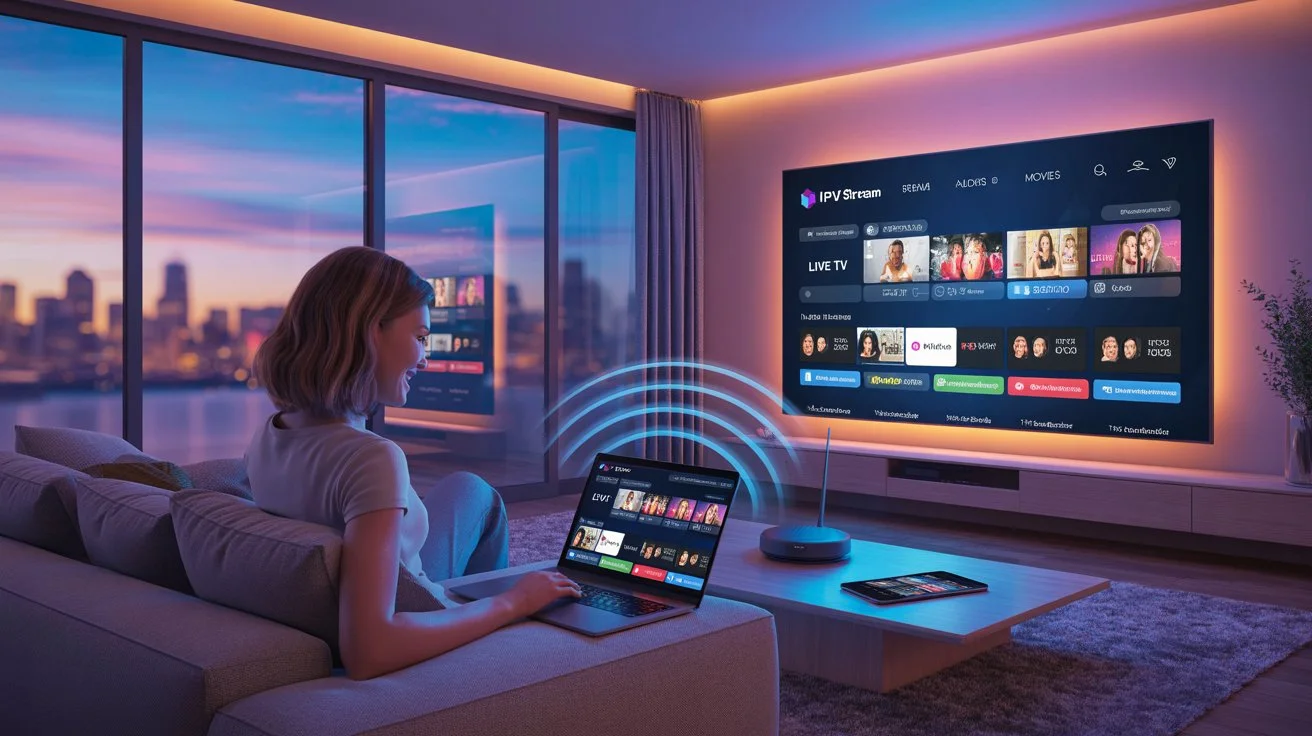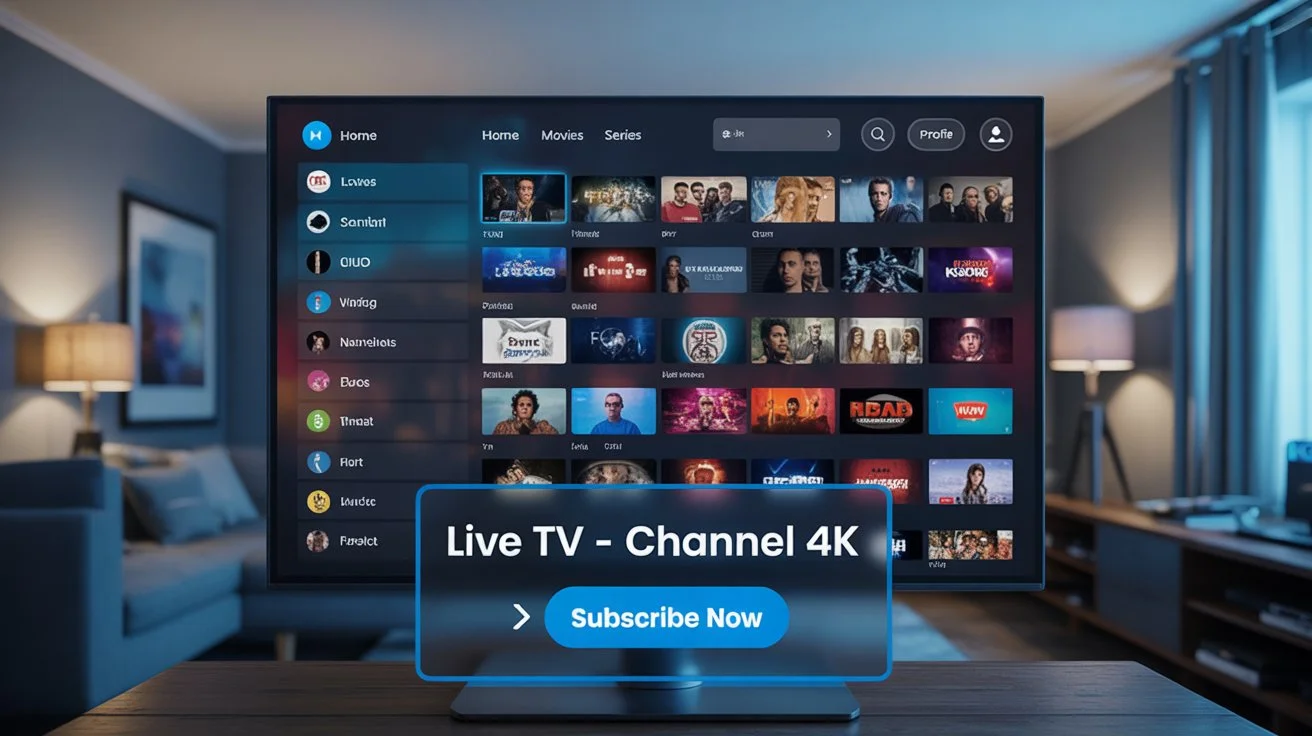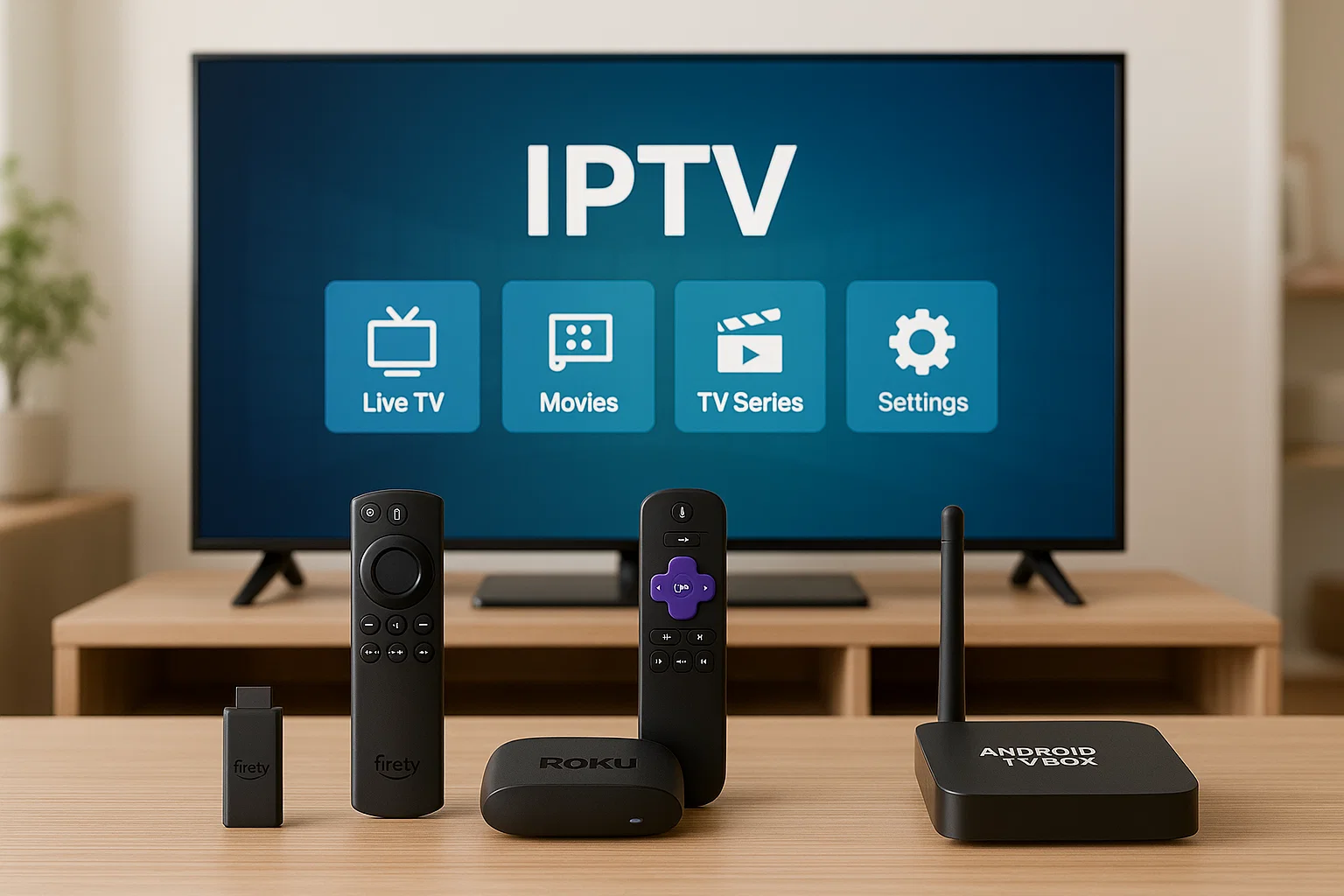What is Streaming and How Has It Changed Entertainment?
The entertainment world has undergone a massive transformation in recent years, largely due to the rise of streaming. This seismic shift has revolutionized how we access, consume, and engage with content, marking the end of an era of cable subscriptions and physical media. But what is streaming, and how has it changed entertainment?
At its core, streaming refers to the delivery of media content—whether it’s videos, music, or even live broadcasts—over the internet. Unlike traditional methods, where consumers would need to download a file or watch something scheduled, streaming allows users to access content instantly, from anywhere, and at any time. This newfound convenience, combined with vast content libraries, has made streaming the preferred method of entertainment for millions of people worldwide.
One of the key factors behind streaming’s popularity is the flexibility it offers. Whether you’re watching movies, TV shows, live sports, or listening to music, the choice is yours. This has allowed streaming platforms to cater to specific niches, from true crime documentaries to indie films, and even educational content, further enhancing their appeal. In essence, streaming platforms have transformed entertainment from a passive experience into an active, on-demand one.
The History of Streaming
The journey of streaming begins in the early days of the internet. In the 1990s, streaming technology was first developed to allow users to play audio and video files without the need for downloading. However, it wasn’t until the early 2000s that streaming began to gain momentum.
In 2007, Netflix, which started as a DVD rental service, launched its streaming platform. This move completely changed the landscape of entertainment, allowing people to stream their favorite movies and TV shows directly to their TVs or computers. As more people adopted broadband internet and smartphones, streaming grew exponentially. The advent of smart TVs in the 2010s made it even easier to access streaming platforms, and by then, other companies like Amazon Prime Video, Hulu, and Disney+ had entered the market.
Streaming Platforms: A Revolution in Entertainment
With streaming platforms such as Netflix, Amazon Prime, Disney+, and Hulu becoming household names, the entire entertainment industry has undergone a massive change. These platforms not only provide movies and TV shows but also have extensive libraries of original content, such as exclusive series, films, and documentaries, produced specifically for their subscribers.
Unlike traditional entertainment providers like cable or satellite TV, which bundle content into expensive packages, streaming platforms offer an a-la-carte model. This allows viewers to subscribe only to the services they enjoy, resulting in a more affordable and tailored experience.
How Streaming Changed How We Watch TV and Movies
In the pre-streaming era, watching TV and movies meant adhering to strict schedules. You had to catch your favorite show at a specific time or record it on a VCR. With streaming, this rigidity was broken. Now, users can access an entire season of a TV series in one sitting, a phenomenon known as “binge-watching.” The flexibility of streaming means that viewers are no longer tied to a set schedule, which has fundamentally altered how people engage with television content.
On-Demand Access: The Core of Streaming
One of the main benefits of streaming is its ability to offer on-demand access to a wide variety of entertainment. Whether you’re in the mood for a documentary, a blockbuster film, or a classic TV show, streaming allows you to watch exactly what you want, when you want it. This level of accessibility was unthinkable just a few decades ago, as people had to rely on physical rentals or scheduled broadcasts.
This convenience is a major reason for the growth of streaming. The days of waiting for a show to air or renting a DVD from a brick-and-mortar store are long gone. Instead, entertainment has become an on-demand experience, where users can choose from an endless library of content at their fingertips.
Streaming Services and Content Libraries
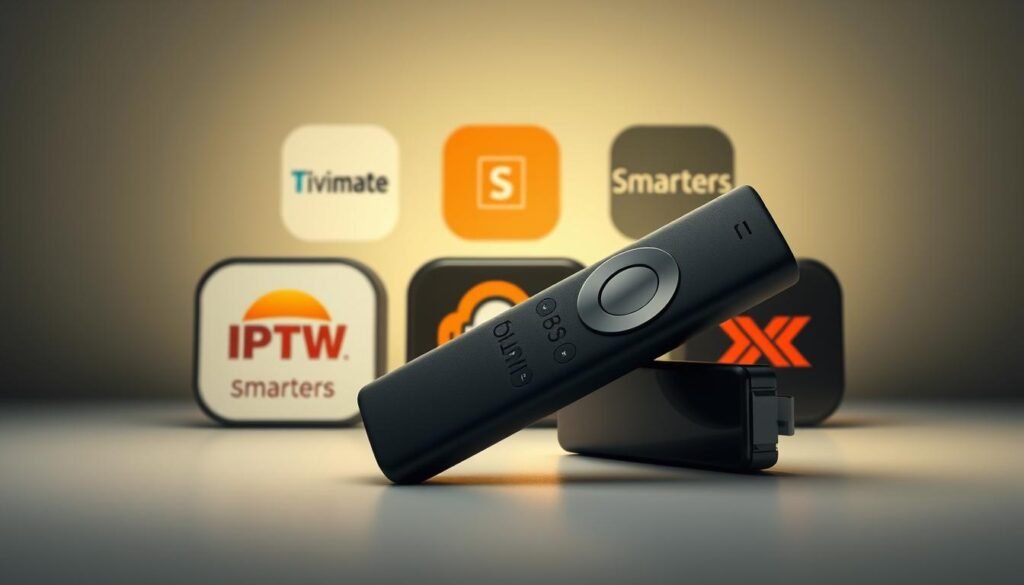
One of the most compelling aspects of streaming services is the sheer volume of content available. Platforms like Netflix and Hulu boast extensive libraries containing thousands of titles in every genre imaginable. For the first time, viewers had access to a broader selection of movies, TV shows, documentaries, and even exclusive original programming all in one place.
Beyond just quantity, the variety of content available has expanded streaming’s reach. From family-friendly options to niche genres like horror, anime, and indie films, streaming platforms cater to a wide array of tastes. This has also enabled smaller, independent creators to reach global audiences, bypassing traditional distribution channels.
The Impact of Streaming on Traditional TV Networks
The rise of streaming services has had a profound impact on traditional TV networks. Viewers, especially younger demographics, have been abandoning cable TV in favor of streaming platforms that offer flexibility and a lower cost. The subscription-based model of streaming services like Netflix and Hulu has forced traditional TV networks to adapt and reevaluate their business models.
Streaming Devices and Platforms
Streaming has also led to the development of various devices and platforms to enhance the viewing experience. From Smart TVs to streaming sticks like Roku, Chromecast, and Amazon Fire TV, consumers now have more ways than ever to access their favorite content. Mobile devices have also become major platforms for streaming, allowing people to watch content while on the go.
Personalization in Streaming: The Role of Algorithms
One of the most notable features of streaming platforms is their use of algorithms to recommend content. By tracking viewing habits, streaming services can suggest movies and shows tailored to the preferences of individual users. This personalization makes the experience more enjoyable and less time-consuming, as users don’t need to waste time scrolling through endless lists of titles.
The Emergence of Original Content on Streaming Platforms
Streaming services have not only become content distributors but also major content creators. Companies like Netflix and Amazon Prime Video are producing award-winning original shows, movies, and documentaries that are exclusively available to their subscribers. This has shifted the power dynamics in the entertainment industry, giving these platforms more control over the types of content viewers consume.
How Streaming Has Changed Consumer Habits
The way people consume entertainment has drastically changed since the rise of streaming. People now expect immediate access to their content, and they often watch it on their own terms, whether that means binge-watching an entire season in one sitting or watching on a mobile device during their commute. This shift has impacted traditional viewing habits, with many individuals choosing on-demand streaming over scheduled programming.
Streaming and Global Accessibility
One of the most exciting aspects of streaming is its ability to transcend geographical boundaries. While traditional television was limited by broadcast regions, streaming services are available to users across the globe. With just an internet connection, anyone can watch content from any country, often with subtitles or dubbing options. This global accessibility has turned streaming into a truly international phenomenon, connecting people to cultures and entertainment from all over the world.
Subscription-Based Models: A New Era in Entertainment
The subscription model used by streaming services has become the new norm in entertainment. Consumers no longer need to make large, upfront payments for DVDs or expensive cable packages. Instead, they pay a low monthly fee, often with the option to cancel at any time. This flexible and affordable model has democratized access to entertainment, making it available to a larger, more diverse audience.
How Streaming is Changing Music Consumption
The impact of streaming is not limited to TV and movies; it has also transformed the way we consume music. With platforms like Spotify and Apple Music, users can listen to millions of songs on demand, without the need for physical CDs or digital downloads. These services have also made it easier for independent artists to reach global audiences, changing the music industry’s dynamics.
Video Gaming and Streaming: The New Frontier
Streaming is also revolutionizing the video game industry. Platforms like Twitch and YouTube Gaming have created new ways for gamers to share their experiences with a global audience. Live streaming allows gamers to broadcast their gameplay in real time, fostering a new form of entertainment where viewers can interact with streamers and participate in live events.
The Social Aspect of Streaming: Shared Experiences
Streaming has also made entertainment a more social experience. While watching a movie or TV show used to be a solitary activity, streaming services have introduced features that allow viewers to share content with others. Services like Netflix Party and group watch features allow friends and family to watch content together, even if they are physically apart. This has created a new form of shared entertainment that feels more interactive and communal.
The Pros and Cons of Streaming
While streaming offers many benefits, it is not without its drawbacks. The convenience and accessibility of streaming come at the cost of data consumption and potential subscription fatigue. As more platforms emerge, users may find themselves juggling multiple subscriptions to access all their desired content. Moreover, internet outages and buffering issues can hinder the viewing experience, reminding us that streaming is not always foolproof.
How Streaming is Shaping Future Content Creation
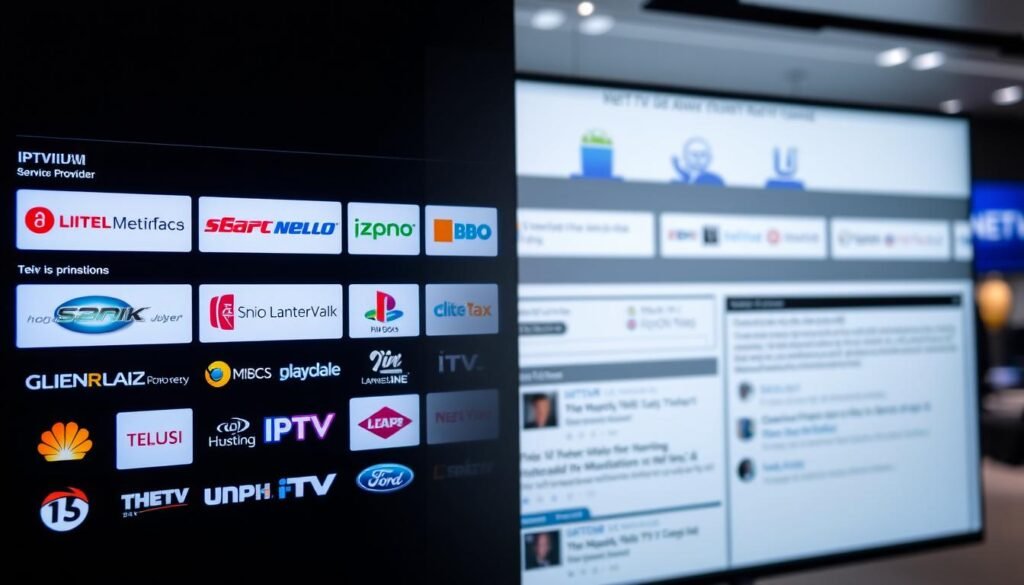
The impact of streaming on content creation cannot be overstated. As platforms continue to grow, the demand for new and innovative content increases. Streaming services are now producing some of the most groundbreaking and critically acclaimed content in history, with a focus on originality and quality. This has shifted the traditional production model, allowing creators more freedom and control over their work.
Streaming and the Decline of Physical Media
The rise of streaming has led to a significant decline in the demand for physical media. DVDs, Blu-Rays, and CDs are being replaced by digital formats, and rental stores are a thing of the past. For many, the convenience of streaming outweighs the need for physical ownership, as users can access content instantly without needing to store it.
How Streaming Changed Advertising in Entertainment
The advertising landscape has also been affected by the rise of streaming. Traditional TV advertising was based on reaching a mass audience through scheduled commercials. However, with streaming, advertisers have the opportunity to target specific demographics with tailored ads, making the ad experience more personalized.
Piracy and Streaming: Challenges and Solutions
As the demand for streaming content has grown, so too has piracy. Illegal streaming websites and platforms have emerged, offering free access to movies and TV shows. To combat this, streaming services are employing stricter measures to prevent piracy, such as digital rights management (DRM) systems and encryption technologies.
Streaming as an Educational Tool
In addition to entertainment, streaming has also found a place in education. Platforms like MasterClass, Coursera, and Khan Academy offer educational videos, tutorials, and courses that anyone can access. This democratization of education is allowing people to learn new skills and expand their knowledge without the constraints of traditional classroom settings.
The Environmental Impact of Streaming
While streaming has made entertainment more accessible, it also has an environmental impact. Data centers that power streaming services require a significant amount of energy, contributing to carbon emissions. However, many companies are investing in sustainable technologies to offset their environmental footprint, such as using renewable energy sources.
How Streaming Platforms Cater to Niche Audiences
One of the advantages of streaming platforms is their ability to cater to niche audiences. Whether it’s documentaries about obscure topics or specific genres like anime or horror, streaming platforms provide content that traditional TV networks would never consider. This specialization has allowed streaming to thrive and meet the needs of diverse global audiences.
The Future of Streaming: Trends to Watch
Looking ahead, the future of streaming seems brighter than ever. Innovations in artificial intelligence, virtual reality, and augmented reality are expected to revolutionize the way we interact with content. Additionally, as streaming platforms continue to expand, we may see even more personalized experiences, with AI curating content tailored to our preferences and moods.
Conclusion
The rise of streaming has undeniably changed the entertainment landscape in profound ways. From on-demand access to a wealth of content to the development of original series, the way we consume entertainment has become more flexible, accessible, and personalized. As technology continues to advance, the future of streaming looks set to reshape the entertainment industry even further. What is streaming and how has it changed entertainment? It has transformed it into an era of infinite choices and endless possibilities, where the viewer has the power to control their experience.
FAQs
What is the primary advantage of streaming over traditional cable TV?
Streaming offers flexibility, allowing you to watch content whenever and wherever you want, unlike traditional cable TV, which requires a set schedule.
How did streaming impact the movie industry?
Streaming has led to the production of high-quality, exclusive content, shifting focus from traditional studios to platforms like Netflix, which now create original films and shows.
Can streaming services be accessed worldwide?
Yes, streaming services like Netflix, Amazon Prime Video, and Disney+ are available globally, making entertainment accessible to a wider audience.
What devices can I use for streaming?
You can stream content on various devices, including smartphones, smart TVs, tablets, laptops, and streaming sticks like Roku or Chromecast.
How has streaming changed music consumption?
Music streaming platforms like Spotify and Apple Music have made it easier for people to listen to music on-demand, replacing physical media like CDs.
Are there any downsides to streaming?
Some drawbacks include data consumption, potential subscription fatigue, and the risk of content being removed from platforms without notice.
Conclusion:
Streaming has indeed reshaped the entertainment landscape, and as the technology continues to evolve, we can expect even greater innovations that will further personalize and enhance how we enjoy content. Whether it’s on-demand access, original programming, or a global reach, streaming has undoubtedly transformed entertainment for good.
